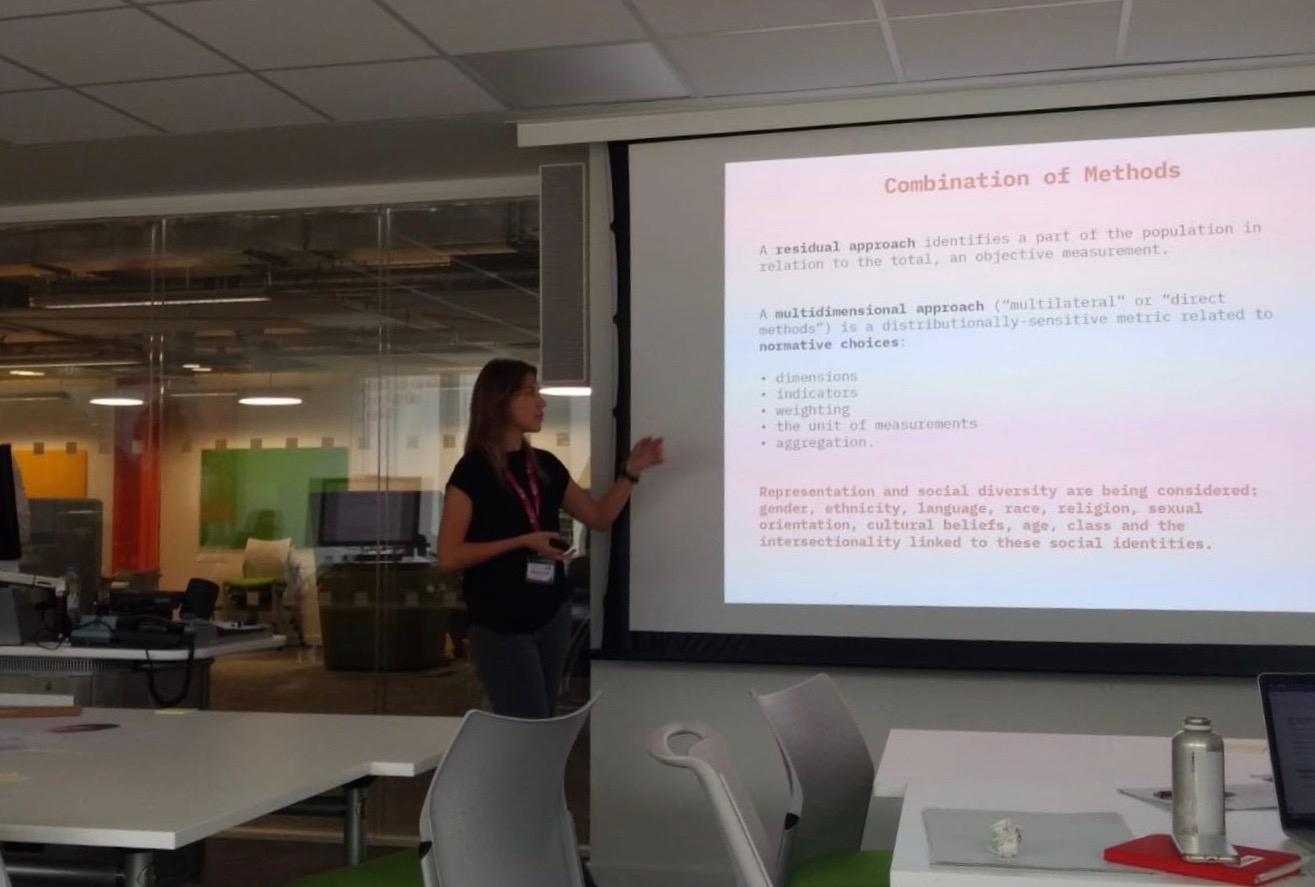Blog
A Paper made for DistributedDesign.eu by Alessandra Gerson Saltiel Schmidt, Massimo Menichinelli and Priscilla Ferronato, presented at the Design Innovation Management Conference 2019 this June.
Abstract: The practice of designers has recently evolved from a relatively closed ecosystem of professional actors to an ecosystem with less clear boundaries and roles. Makers can be considered (and often are) designers or a new kind of designers working with open, peer-to-peer, distributed and DIY approaches. And both makers and designers increasingly work with social innovation initiatives, becoming thus social entrepreneurs or collaborating with them. Where are makers, designers and social entrepreneurs, how many are there, how do we reach them and network them?

This article presents a first exploration of literature, cases and datasets that represent direct or indirect approaches for mapping where they can be found. These formal or informal approaches are clustered in three groups: work, place and community. Each dimension generates a different perspective with different approaches and datasets, which influences our view and definition of makers, designers and social entrepreneurs.
Measuring the extension and distribution of the maker community, designers and social entrepreneurs is another way of understanding how emergent talents can join the movement and work with Distributed Design. This research also aims to elaborate strategies for strengthening the connection between these actors at scale within the supply chain of ‘making’ Distributed Design, and therefore push forward their work on creating and implementing ideas.

By exploring the size and distribution of the Maker Movement, Design and Social Entrepreneurship, this research aims:
to understand how designers can join the movement;
to elaborate strategies for connecting designers, social entrepreneurs and the makers;
to improve the definition of makers;
to strengthen the connection between these three actors, and therefore their work on creating and implementing social innovation
You can read the whole paper here!

This research has received funding partially from the Creative Europe Programme of the European Union within the Distributed Design Market Platform project with submission numbers 591699-CREA-1-2017-1-ES-CULT-PLAT and 604420-CREA-2-2018-1-ES-CULT-PLAT, partially from the Horizon 2020 Programme of the European Union within the DSISCALE project under grant agreement n°780473, and partially from other sources. The content of this publication does not reflect the official opinion of the European Union. Responsibility for the information and views expressed in the publication lies entirely with the author(s)
